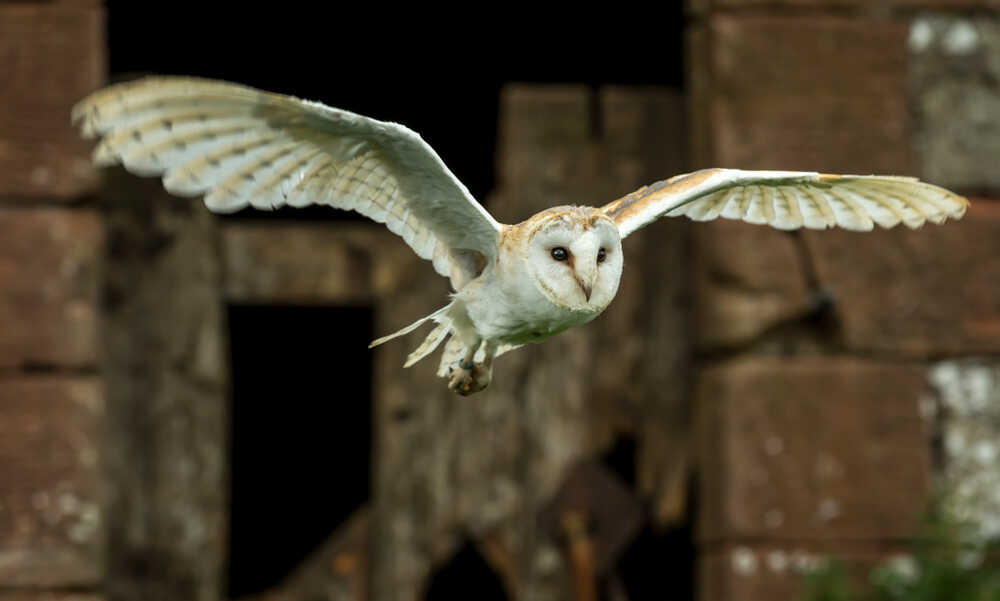Barn Owls are one of the most iconic bird species in the UK. With their striking heart-shaped faces and white under feathers, they are easily recognisable and have been the subject of many artistic representations throughout the years.
However, the Barn Owl population in the UK has been in decline, raising concerns about the species’ survival.
In this article, we will explore the current status of Barn Owls in the UK and the reasons behind their decline.
Table of Contents
Are Barn Owls protected in the UK?
Barn Owls are classified as a Schedule 1 bird species under the Wildlife and Countryside Act 1981, which means they are legally protected in the UK.
Despite this protection, the Barn Owl population has experienced a significant decline in recent years.
According to the British Trust for Ornithology (BTO), the UK Barn Owl population declined by 70% between 1932 and 1985, with the decline continuing in some areas throughout the 1990s. More recently, the population has shown signs of recovery, but it remains vulnerable and is considered a species of conservation concern.
One of the main reasons for the decline of Barn Owls in the UK is habitat loss.
Barn Owls are typically found in open countryside, such as farmland, grasslands, and marshes. However, the intensification of agriculture and the increase in urbanisation have led to a loss of these habitats, reducing the available space for Barn Owls to live and hunt.

How are we contributing to their decline
The conversion of traditional hay meadows to intensive silage and haylage production, in particular, has led to a significant loss of foraging habitat for Barn Owls.
Another factor contributing to the decline of Barn Owls is the use of rodenticides, which are toxic substances used to control rodents.
Barn Owls are at risk of ingesting these poisons when they eat rodents that have consumed them, leading to serious health problems and even death.
Studies have shown that a significant proportion of Barn Owls in the UK carry rodenticides in their bodies, indicating the widespread use of these substances in the countryside.
Climate change is also believed to be a factor in the decline of Barn Owls. Changes in weather patterns and temperatures can affect the availability of prey for Barn Owls, as well as the timing of breeding and the survival of young birds.
Extreme weather events, such as floods and droughts, can also have a significant impact on the Barn Owl population. These events seem to be occurring more often than ever before.
How can they recover?
Despite the challenges faced by Barn Owls in the UK, there are ongoing efforts to conserve the species and support their recovery.
The Barn Owl Trust, a charity dedicated to the conservation of Barn Owls and their habitats, has been working to increase public awareness of the species and promote the creation of suitable habitats for them.
The Trust also runs a nest box scheme, providing artificial nest sites for Barn Owls in areas where natural nesting sites are scarce.
The BTO also conducts research on Barn Owls and their habitats, using data collected by volunteers across the UK. This information helps to inform conservation efforts and identify areas where action is needed to support Barn Owl populations.
The BTO has also developed a program to monitor the presence of rodenticides in Barn Owls, providing valuable information on the use of these substances in the countryside.
Final thoughts…
In conclusion, while Barn Owls are legally protected in the UK, their population has been in decline for many years due to habitat loss, the use of rodenticides, and the impacts of climate change.
Despite these challenges, there are ongoing efforts to conserve the species and support their recovery, with charities and organizations working to raise awareness and create suitable habitats for Barn Owls.
Continued monitoring and research will be essential to ensure that the Barn Owl population in the UK continues to recover and thrive.
